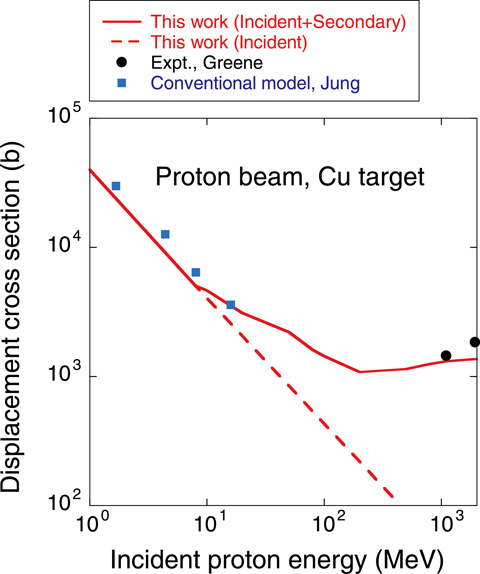
Fig.8-20 Overview of radiation damage model in PHITS

Fig.8-21 Displacement cross section as a function of incident proton energy for the proton irradiation of copper
Radiation damage of materials is usually evaluated as a function of the average number of displaced atoms for all atoms (DPA) in a material. DPA is defined as the integral of the displacement cross section and the irradiation fluence. The accuracy of the evaluation of DPA values affects the maintenance periods of accelerator facilities and nuclear power plants. Monte Carlo radiation transport codes have been used to study radiation damage of materials. However, these codes did not calculate the displacement cross section because the radiation damage model was not implemented in the codes.
To evaluate the radiation damage of materials by various particles in a wide energy range, we developed a calculation model to estimate the displacement cross section, including the effects of nuclear reactions and Coulomb scattering. Fig.8-20 shows an overview of the radiation damage model in the Particle and Heavy Ion Transport code System (PHITS). The conventional radiation damage model treated only the Coulomb scattering between the incident particle and the target atom. In this work, we integrated the nuclear reaction model, Coulomb scattering model, and cascade damage approximation to calculate the contribution of various secondary particles such as protons, heavy ions, and neutrons to the DPA values. As shown in Fig.8-21, the improved PHITS could reproduce the experimental data in the high-energy region when the displacement cross section was calculated for irradiation of protons over a wide energy range.
Thus, the improved PHITS can be applied to evaluate the displacement cross sections precisely for various particles and to calculate DPA values over a wide energy range from eV to GeV. PHITS version 2.30, which includes the developed calculation model, has been used to design the Facility of Rare Isotope Beam (FRIB) and Transmutation Experimental Facility (TEF) in J-PARC. The code will be used to develop a database of displacement cross sections for design of nuclear power plant and nuclear fusion research facility.
<Previous: 8-6 | Next: 9 Nuclear Hydrogen and Heat Application Research >